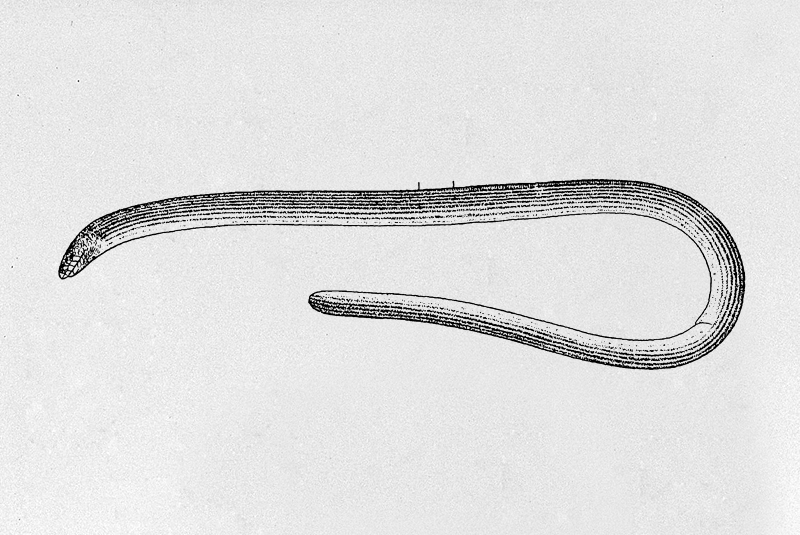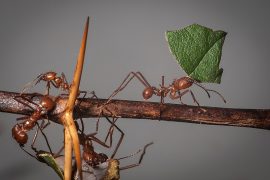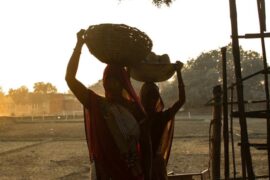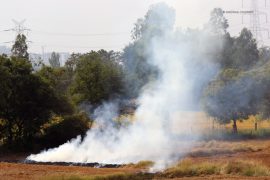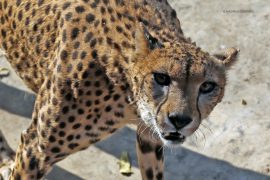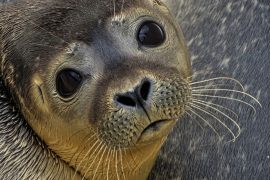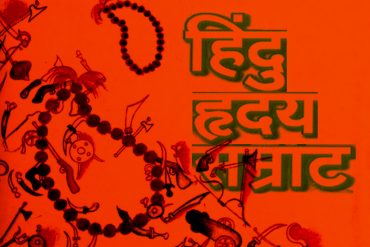In 1916, Thomas Nelson Annandale, the Scottish anthropologist, zoologist, and herpetologist was on a research trip to the Barkuda Island. His mission was to examine and document its flora and fauna.
Situated in the extreme north-eastern corner of the Madras Presidency (now Orissa), the Barkuda island lies in the Chilka lake, a mile off the mainland. The island’s red laterite soil, dense forests filled with glossy leaved shrubs, and the large figs of the Banyan (Banyan bengalensis) caught Thomas Nelson’s attention. As he dug into the Banyan burrows, he discovered a peculiar lizard that looked like a snake.
Intrigued, he examined a single specimen in great detail. Capturing the minutest details, he published his findings in the journal “Records of the Indian Museum” Vol. XIII, 1916. His article titled “A New Genus Of Limbless Skinks From An Island In the Chilka Lake” reads:
The palatine bones do not meet in the median line of the palate, which is toothless. The teeth are conical. The eye is very small and surrounded by relatively large scales; the lower eye-lid is scaly, the upper eye-lid not developed. The ear-opening is distinct but minute. The nostril is situated in a distinct nasal; it is remote from the first labial and separated from the rostral by a rounded tubercle. Three azygous shields exist on the top of the head; there are no praefrontals or frontoparietals. The body is elongate and snake-like, with no external trace of limbs.
Copyright©Madras Courier, All Rights Reserved. You may share using our article tools. Please don't cut articles from madrascourier.com and redistribute by email, post to the web, mobile phone or social media.Please send in your feed back and comments to [email protected]

